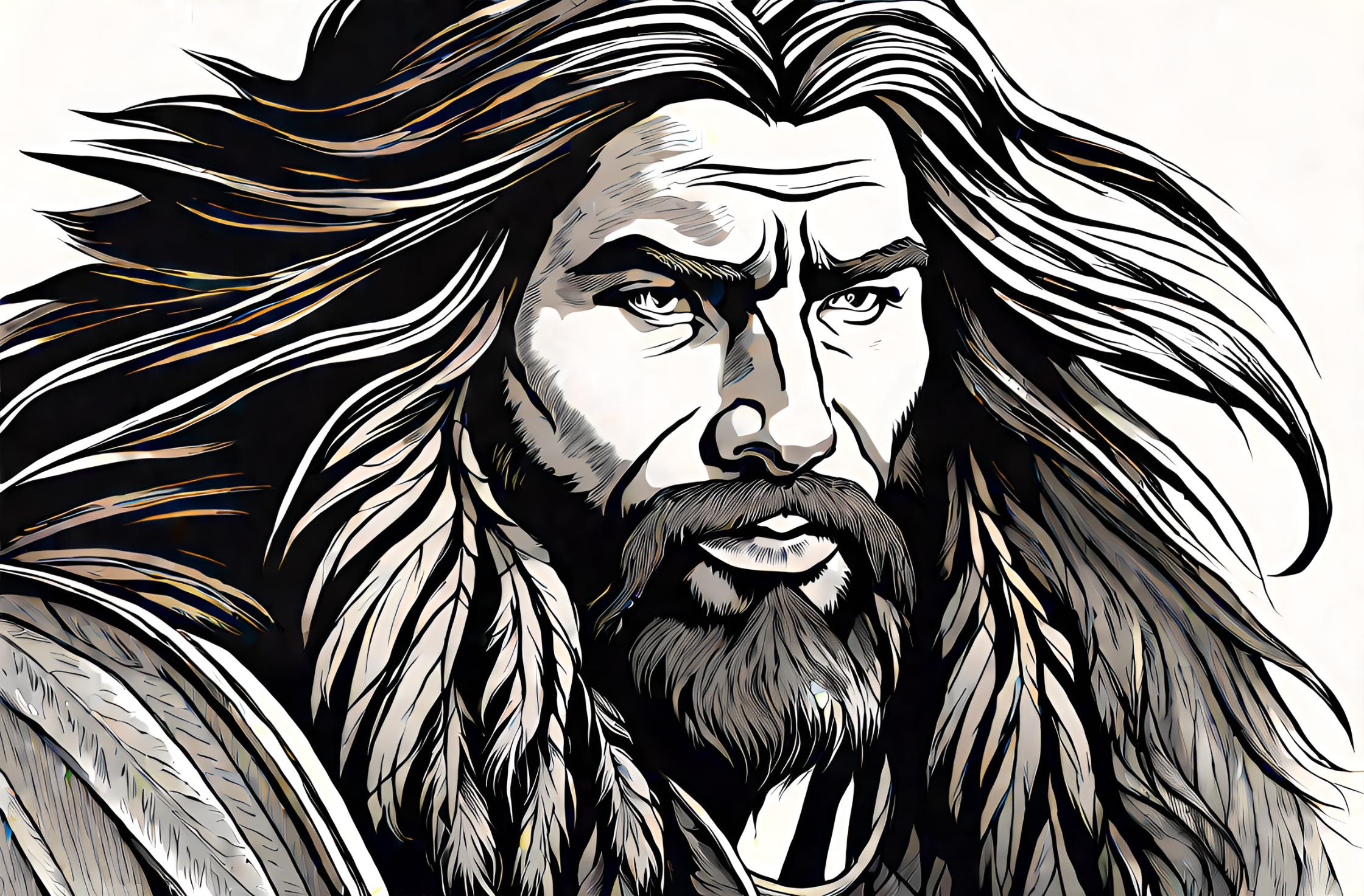Flashback to September 19
World History

Rewinding time back to the mesmerizing day of September 19, 1991, our planet was about to witness a sensational discovery that would leave a permanent mark on the field of archaeology, the legendary revealing of Ötzi the Iceman. On this historical day, a duo of German tourists unintentionally stumbled upon a remarkably preserved natural mummy. This surprising find, resting amidst the snow blankets of the Italian Alps, dated back to somewhere between 3400 and 3100 BC, making it one of the oldest preserved human bodies to ever be discovered.
The significance of unveiling Ötzi the Iceman is massive, providing researchers with unprecedented insight into the Copper Age, more specifically, the Chalcolithic period. Since it’s rare to find such an extraordinarily well-preserved specimen from this era, the human silhouette, suspended in time, has rapidly become a focal point for archaeologists worldwide.
When we refer to Ötzi, the word “iceman” is not just a figurative term. Indeed, he was literally an “iceman”, with his remains being discovered at an altitude of around 3,210 meters on the eastern flank of Fineilspitze, a peak in the Tisenjoch range. This discovery was both unexpected and serendipitous, occurring while German tourists were conducting what was supposed to be a regular hike. The find wasn’t initially recognized as an archaeological goldmine. However, its true value came to light with subsequent in-depth investigations.
The unfathomable age of Ötzi makes him a valuable reserve of historical information. Scientific analysis on Ötzi has paved the way towards a better understanding of Copper Age Europeans’ lives. From what they wore to what illnesses they suffered from, and from their diet to their social structures, every minute detail about their lives has become more tangible. This information was derived from studies conducted on his clothing, body, and various objects found alongside him.
Ötzi’s clothing, consisting of a coat, belt, pair of leggings, loincloth, and shoes, was made from an assortment of leather and furs from different wild animals. Furthermore, his tools like a copper axe signify the era’s metallurgical advancements, while the presence of various arrowheads and a knife amplify the militant aspects. These discoveries broaden our understanding of the cultural practices, technologies, and survival strategies that were commonplace during his lifetime.
Posthumous health examinations of Ötzi revealed several intriguing facts. His tattoo marks are considered the oldest known tattoos in the world, while his pathological conditions, such as his knee problems, gall stones, hardened arteries, cavities, and even parasites, offer us a unique observation point to survey the medical complications of prehistoric humans.
The diet of the iceman, reconstructed by analyzing his stomach contents, told of a high-fat meal, probably consumed shortly before his death. Varied pollen and grains found in his digestive system act as an astronomic clock, allowing us to peek into the particular season of his demise.
In terms of societal constructs, via genetic studies of Ötzi, we learn he was lactose intolerant, suggesting that adults during his time did not consume milk. This offers a cue about ancient farming practices where milking animals might not have been a common practice.
In essence, the accidental discovery of Ötzi the Iceman by a couple of German tourists in 1991 emerged as a magnificent bridge connecting us with our ancestors from the Copper Age. The wealth of knowledge procured from this sole preserved human body has revolutionized our perception of history, enabling us to reconstruct and encounter the distant past in a highly authentic and intimate manner.
We strive for accuracy. If you see something that doesn't look right, click here to contact us!
Sponsored Content

Ötzi the Iceman is…
Discovered on September 19,…

Newspaper boy Carl Bridgewater…
"Newspaper boy Carl Bridgewater's…

Saint Christopher-Nevis gains independence…
On September 19, 1983,…

In Michoacan, Mexico, a…
The 1985 Michoacan Earthquake,…

Prince Carl Gustaf Folke…
On September 19, 1973,…

Satellites China 10 and…
"China soaringly expanded its…

